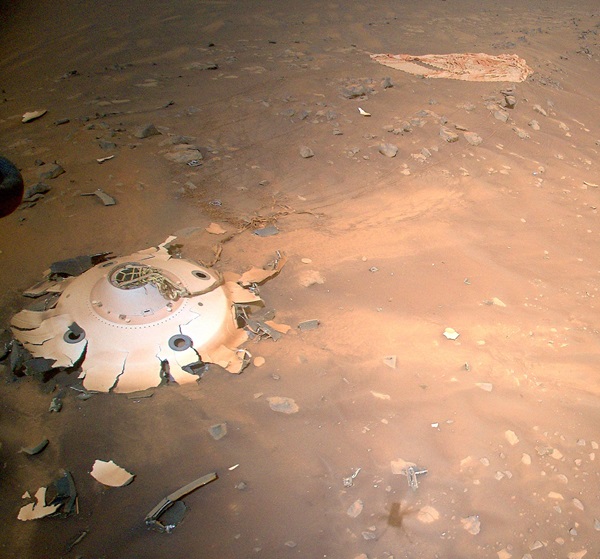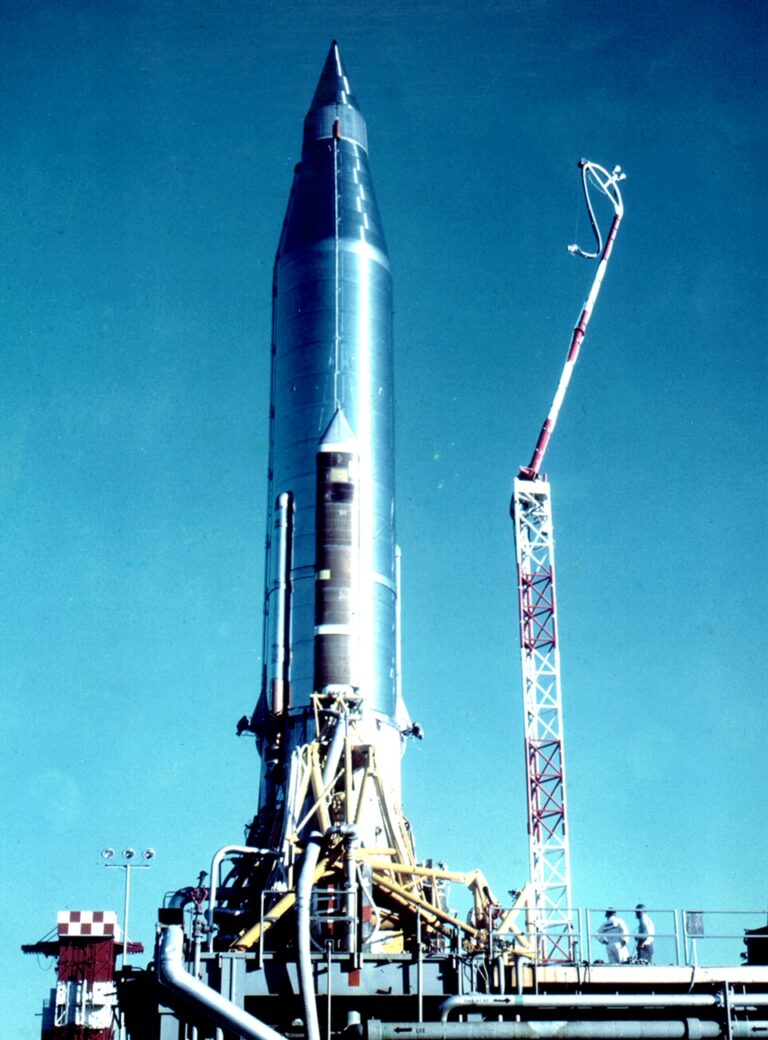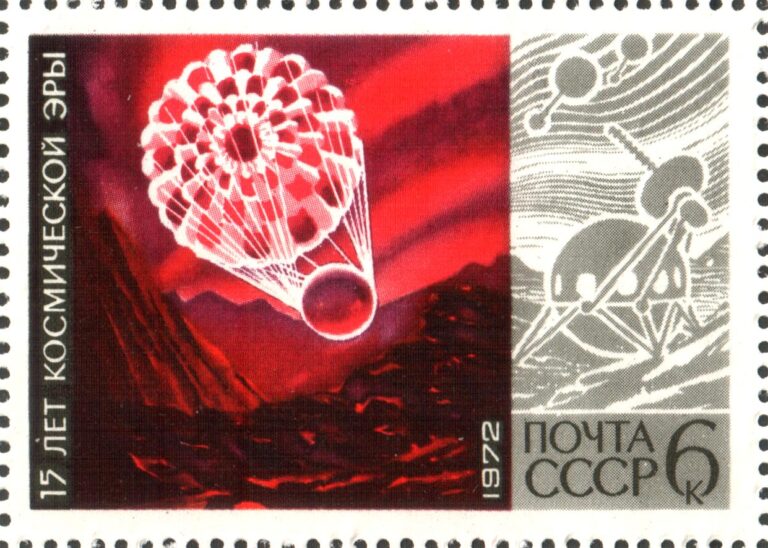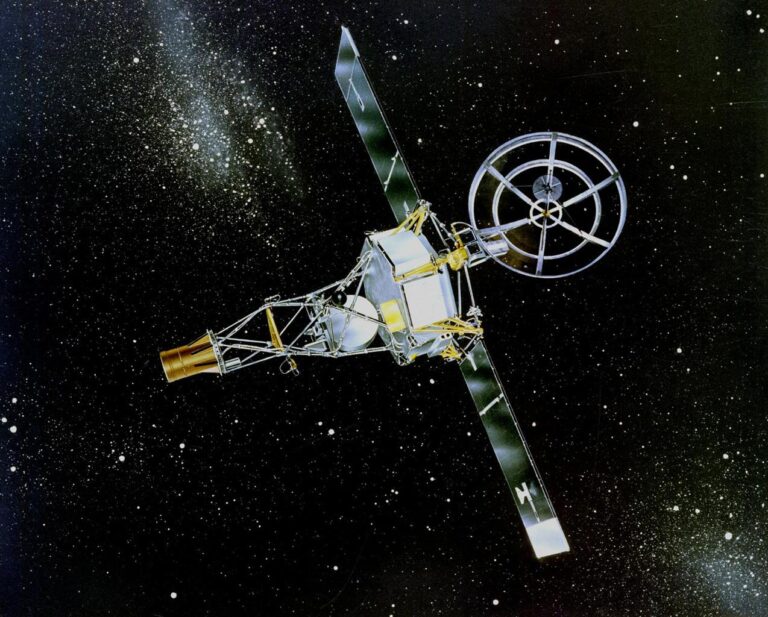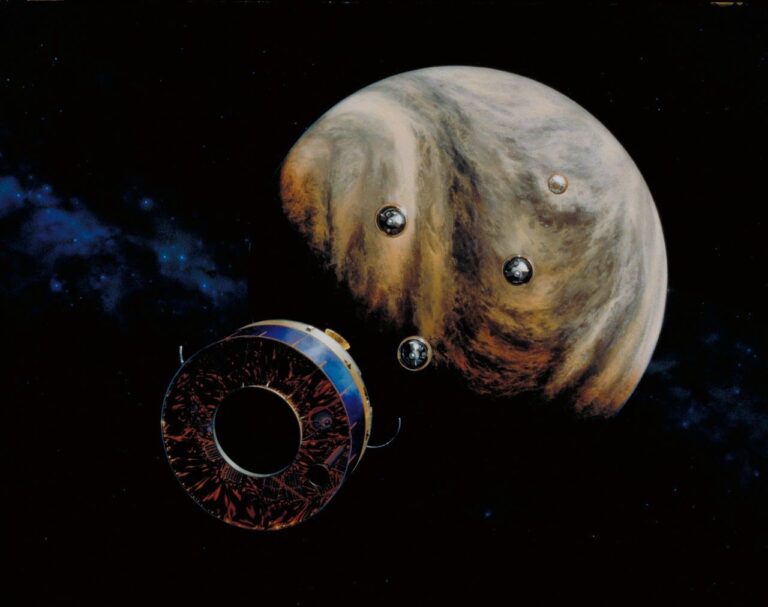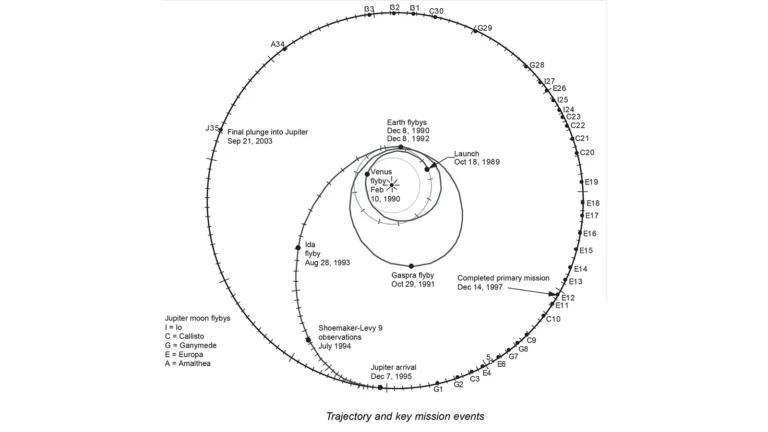Key Takeaways:
New images taken by Ingenuity, NASA’s record-breaking Mars helicopter, show Perseverance’s discarded parachute and protective backshell, which helped the rover and helicopter safely land on the martian surface Feb. 18, 2021.
“Perseverance had the best-documented Mars landing in history, with cameras showing everything from parachute inflation to touchdown,” said Ian Clark of NASA’s Jet Propulsion Laboratory (JPL), former Perseverance systems engineer and now Mars Sample Return ascent phase lead, in a NASA press release.
“But Ingenuity’s images offer a different vantage point. If they either reinforce that our systems worked as we think they worked or provide even one dataset of engineering information we can use for Mars Sample Return planning, it will be amazing,” said Clark. “And if not, the pictures are still phenomenal and inspiring.”
A closer look at Perseverance’s landing gear
Ingenuity captured the 10 new color images of the discarded parachute and backshell during the helicopter’s 26th flight, which it carried out April 19, 2022.
The cone-shaped backshell, while upright, is visibly broken and splayed out around the edges, with stray pieces strewn across the surrounding landscape. That is no surprise considering the shell struck the ground at some 78 mph (126 km/h). But despite the expected catastrophic structural damage, the backshell’s coating, which served to protect Perseverance as it tore through the martian atmosphere, appears to have remained intact during the spacecraft’s descent.
Meanwhile, the parachute, which Perseverance deployed while still traveling at about 940 mph (1,500 km/h), shows no signs of damage from its supersonic inflation. However, only about one-third of the 70-foot-wide (21.5 m), cryptically encoded parachute is visible in the new images.
This is not the first time this month that the gear Perseverance used to safely land on Mars has been photographed, either. On April 6, 2022, the rover’s Mastcam-Z instrument captured a more distant view of the discarded parachute.
Still, it’s clear the images Ingenuity took are a bit more informative than those Perseverance captured. That’s why scientists plan to continue analyzing these new aerial shots over the next several weeks.
Providing a bird’s eye view
Moving forward, Ingenuity will continue scouting the way for its roving companion as they venture further into Jezero Crater’s fan-shaped river delta.
This ancient delta once flowed with liquid water that filled the lake that existed in the crater some 3.5 billion years ago. Due to the churning waters and muddy conditions common in river deltas, the location is a prime target that scientists want to search for signs of past martian microbial life.
However, the now-dry region is scattered with hazards such as cliffs, boulders, and sandy patches. That’s why Ingenuity plans to carry out additional flights to help the Perseverance team determine which of the two river channels the rover should climb to reach the top of the delta, which stands some 130 feet (40 m) above the surrounding landscape.
In the meantime, the helicopter has already completed its 27th flight, which focused on scouting out a nearby area of scientific interest. According to Håvard Grip of JPL, Ingenuity’s chief pilot: “Our landing spot [for Flight 26] set us up nicely to image an area of interest for the Perseverance science team on Flight 27, near ‘Séítah’ ridge.’”

